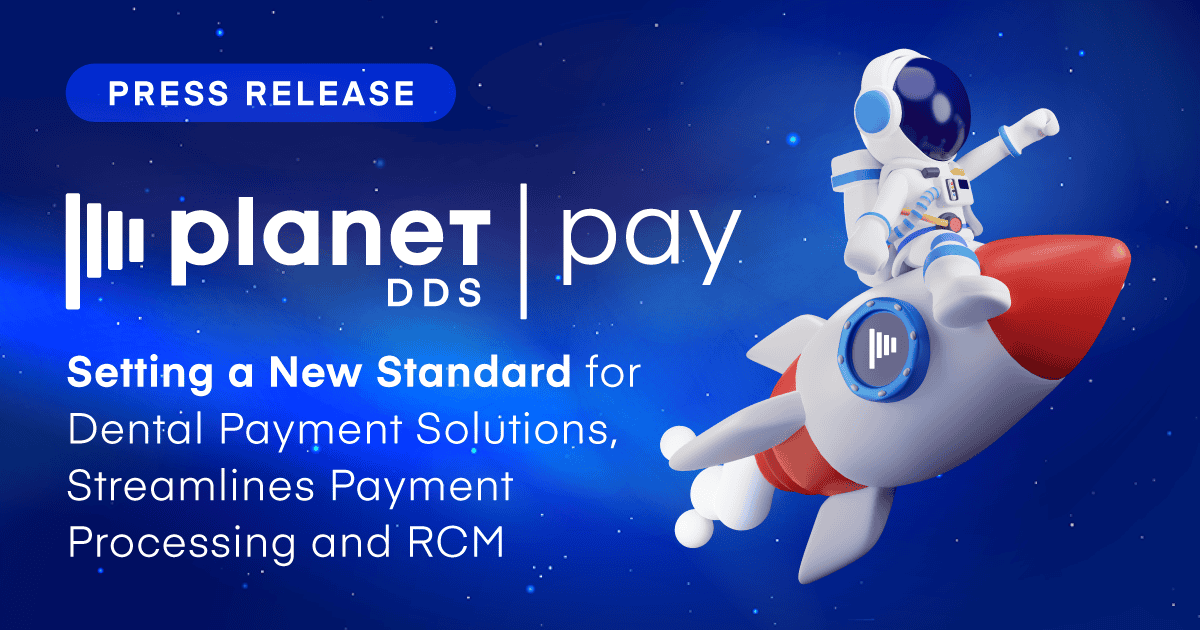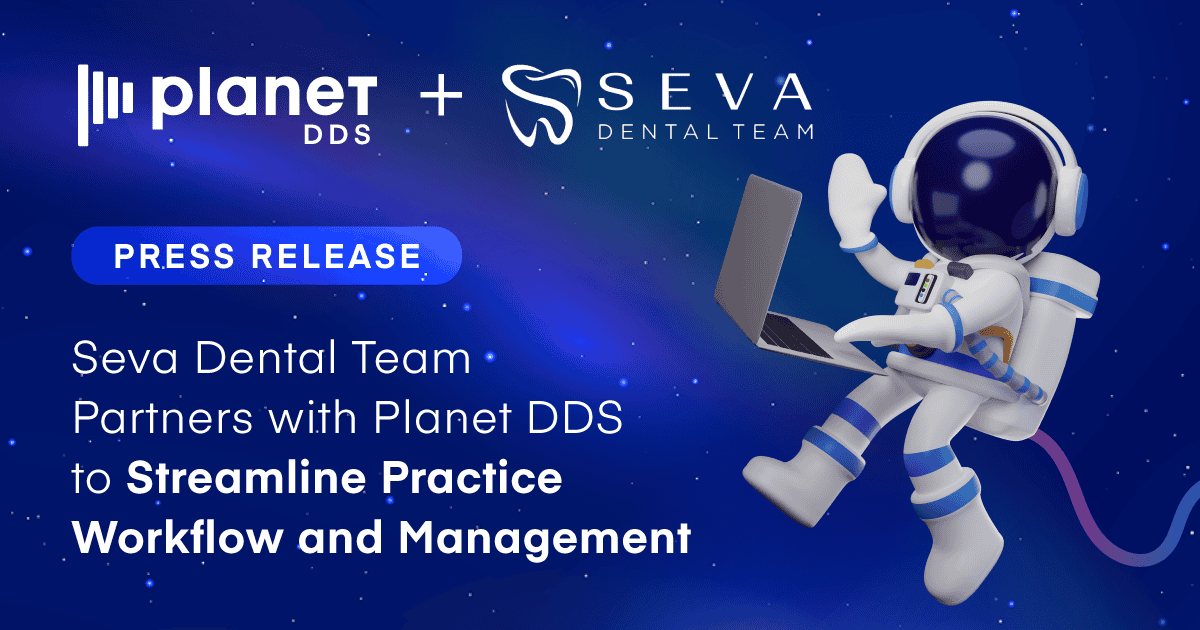How to Become a Pediatric Dentist: A Comprehensive Guide
Interested in a pediatric dentist career? This guide will show you how to become a pediatric dentist and the requirements to launch your career. ✓ Click here!

Millions of Americans suffer from poor oral health because they’re afraid to go to the dentist. Much of this fear comes from a negative experience in the past. It underlines the importance of pediatric dentists in educating and treating their patients from a young age and that a trip to the dentist is nothing to be feared.
How to Become a Pediatric Dentist: 5 Important Steps You Need to Take
Becoming a pediatric dentist means you’ll specialize in keeping young patients’ teeth in tip-top condition. This guide will show you how to become a pediatric dentist and the requirements to launch your pediatric dentist career.
What is a Pediatric Dentist?
Pediatric dentists are dental professionals who specialize in working with children. There are many similarities in what these professionals do all day. Still, the key difference is these dentists have skills and capabilities that target children’s unique oral healthcare needs.
Your duties will differ based on how old your patients are. Understanding these pediatric dentist requirements is critical to excelling in this field.
The responsibilities of a pediatric dentist include but are not limited to:
- Performing basic check-ups of teeth and gums
- Providing deep cleanings to remove plaque and tartar build-up
- Ordering and interpreting dental x-rays
- Filling cavities
- Performing orthodontic assessments
- Educating young patients on protecting their teeth
You’ll also need to continue your pediatric dentist education by staying up to date on the latest developments within the field.
Continuing professional development is pivotal to providing the service patients and their families expect. This is a fast-moving industry, and a few years out of the business can be enough to leave you far behind the curve.
Why Should You Consider Becoming a Pediatric Dentist?
According to AAPD data recorded in 2019, 6,530 active pediatric dentists are operating in the U.S. It may seem like a small number. Still, the profession is expected to grow considerably in the decades ahead as dentists continue to be in high demand.
If you’re searching for a career with growth opportunities, pediatric dentistry is one to consider. Due to various complex factors, pediatric dentistry is expected to experience a 60% growth rate over the next decade.
Although it can take many years of pediatric dentist schooling to become fully qualified, practicing pediatric dentists command extremely high salaries. The average pediatric dentist’s salary was $167,500 in 2019.
These averages don’t consider the potential gains of running your own practice. Pediatric dentists who also run their clinics have no limit on how much they can earn by operating their own businesses.
Finally, there’s also the satisfaction of knowing that you’re entering a field that does tremendous good for future generations. It’s no secret that someone’s experience of going to the dentist as a child will impact their level of oral hygiene as they become adults.
Support the next generation by becoming a pediatric dentist and get the satisfaction of knowing you’re providing a valuable service to your community.
How to Become a Pediatric Dentist
Becoming a fully qualified and practicing pediatric dentist will take many years of hard work. There’s no getting around the fact that pediatric dentist schooling years are intense and challenging. So, how long does it take to become a pediatric dentist?
To sum it up, you will need an undergraduate degree, which will usually take four years. You will then need to complete an advanced four-year degree from an accredited dental school while passing various certifications.
Following graduation, you will need to complete a two to three-year post-graduate residency program to become a fully-fledged pediatric dentist.
How Many Years to Become a Pediatric Dentist
Expect to spend up to ten years until you are a fully qualified dentist. Your dental education begins after entering dental school. Beyond that, you will be expected to act as a resident before you can join a private practice or start operating your practice.
Pediatric Dentist Education and Requirements
Pediatric dentist education requirements are significant. There are technically only five steps required to become fully qualified. However, they will take up to a decade of your life to complete, so you must be certain that the life of a pediatric dentist is right for you.
Step One – Earn Your Bachelor’s Degree
All pediatric dentists possess advanced degrees. The only way to get an advanced degree is to earn an undergraduate degree.
The most relevant course is a Bachelor of Science in dental hygiene. Other related scientific and medical undergraduate degrees are also acceptable. Other common fields include physiology and biology.
Step Two – Take the Dental Admission Test (DAT)
Dental schools will require you to submit your score from the DAT. It’s a standardized test that helps identify the most promising candidates.
DAT scores range from one to 30, with higher scores indicating better performance. The DAT has four sections that will test your knowledge of different topics, such as natural sciences, perceptual ability, reading comprehension, and quantitative reasoning.
Step Three – Enroll in Dental School
You must graduate from an accredited dental school to become a pediatric dentist. Your school will award either a Doctorate of Dental Medicine (DDM) or a Doctorate of Dental Surgery (DDS). Both are highly respected and cover the same subjects, so it’s not important which one you get.
Your first two years in dental school will mainly be spent on theory, whereas the final two years will involve clinical study. During your last two years, you can expect to be rotated through different medical environments to provide you with the broad knowledge you need to succeed as a dentist.
You’ll learn both practical skills and also the administrative skills necessary to run a dental facility.
Step Four – Get Your Dentistry License
Every state will have its own licensing requirements. Make sure you look up your state’s regulations to determine what you need to do to get your dentistry license.
Licensing will factor in a minimum education requirement, like graduating from dental school, and you’ll need to complete a written test and a clinical assessment.
Since every state is free to set its own requirements, there’s a massive variation in the difficulty of getting licensed in each state.
Step Five – Complete Your Residency
Licensed dental school graduates can now enter a residency program for two years. Your residency program will focus specifically on pediatric dentistry. You’ll experience a variety of pediatric dentistry specializations, such as radiology, anesthesia, and dental surgery.
You’ll likely also learn about child psychology and development to meet the necessary pediatric dentist education requirements.
Every residency program is different, but they will always equip you with the skills to work with children. Once you’ve completed your residency program, you’re free to apply for your first pediatric dentistry role.
Turn Your Dental Practice into a Success with Cloud 9 Software
Now that you know how to start a dental practice, you can see how much dedication you need to be willing to give this chosen career path. When the time comes to participate in running a successful dental practice, you’ll see how all the moving parts come together.
Communication, administration, and marketing are the pillars upon which a dental practice continues to operate. Cloud 9’s dedicated dental practice management software provides a platform to streamline your practice and turn your pediatric clinic into a success.
To learn more about how Cloud 9 works, request your free demo now.
For larger, multi-specialty practices focused on pediatric and general dentistry, get to know another Planet DDS brand, Denticon, for cloud-based dental practice management software.



